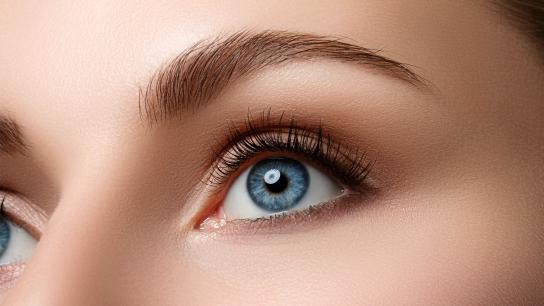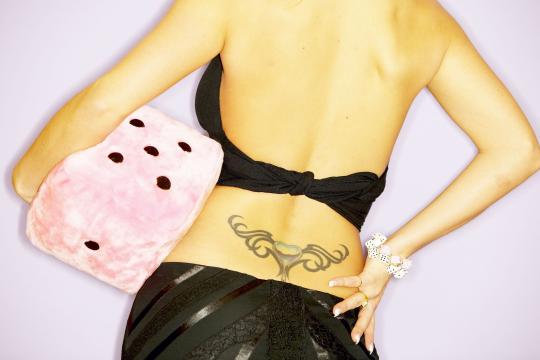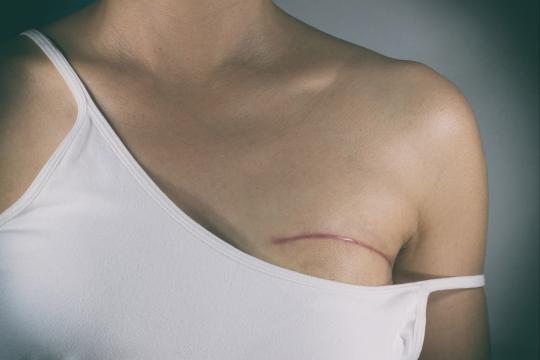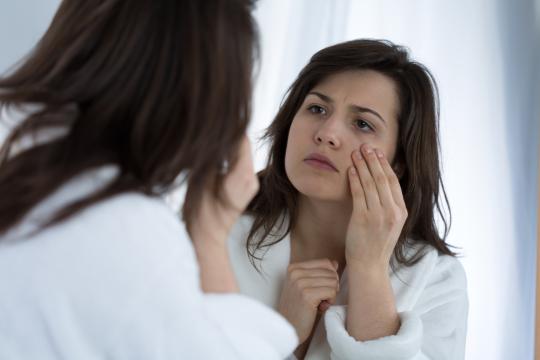
Time waits for no one. And as long as we’re going down that road, let’s just admit that neither does gravity. If you’re one of the nearly 150,000 people last year who sought out eyelid surgery, that “discovery” is hardly lost on you. The good news in today’s world of modern medicine is that what goes down can also go back up. But it takes a village, and that village is populated by you, your board-certified plastic surgeon, you, your surgeon’s medical team, and… did we mention you?
Okay, we hit that a little hard, but a smooth recovery and successful outcome to eyelid surgery is in large part reliant on you. You must understand your procedure, you must choose and consult with a trusted and board-certified plastic surgeon, you must wrangle your expectations into the reality zone, and you must follow your doctor’s pre- and post-surgical orders to a ’T’.
If the thought of all those “musts” is pressing the wrong buttons, we’re going to help soften the blow with 13 little gems about what to expect during your blepharoplasty recovery period.
1. Recovery is going to take between 10 - 14 days, so you’ll want to cancel your happy hour plans for the next week or two. You should also plan on staying home for the first day or two. Seriously. Google it. Maybe sit down first.
2. You’ll likely experience redness and swelling around the incision areas. Your doctor may advise a cold compress lovingly supplied to you by someone who won’t post about it online afterwards. Or your Mom (who will post about it). That’s fine. You’re choice.
3. You’ll need to keep your head elevated as much as possible to alleviate swelling and bruising in the first few days after your procedure. Just so you know, sleeping like a normal human will be a challenge.
4. You may also experience a temporary sensitivity to light… like Dracula. Only sexier because…
5. You’ll be advised to wear dark sunglasses when you’re outside for the first few weeks after surgery. It’s not to hide the fact that you’ve had surgery (there aren’t enough sunglasses in the world for that, darling - *wink), it’s to protect your recovering peepers from direct sunlight.
6. Your eyes may tear excessively. Use this to garner as much sympathy as you can, but also use the ointment your surgeon recommends to help alleviate dryness. This ointment can also temporarily blur your vision. And let’s talk about that.
7. You will be advised to avoid wearing your contacts for a good week or so. Don’t try to sneak them in early. Just don’t. Your doctor will let you know when you can return to clear sight. (Or just wear your glasses. Okay?)
8. One word: eyedrops. Your doctor may prescribe them or advise what type to use. Just use them. Seriously. You’re going to be dry.
9. Avoid bending over, strenuous activities and exercise for about 10 days after surgery. Consider any activity that may increase blood flow to the eyes on the restricted list.
10. In the first week (and maybe 3 to 4 weeks after your procedure) you’ll need to avoid any activities that could result in eyestrain. And let’s unpack that, shall we? Said “activities” include: reading, watching tv, using a computer. Anything that might tax the ol’ peepers, alleviate soul-crushing boredom, and/or keep you in touch with the world beyond your bedroom is probably off limits.
11. Number 10 might have made you cry. But don’t. Most doctors agree that crying won’t do any permanent damage to your results (rubbing is a different story—don’t rub), but tears cause swelling and you’ll need more swelling like you need a hole in the head.
12. You may also experience “dark circles” along with the swelling (read: black eyes rivaling a frat boy in a bar fight)—this could last for a few days or even up to a week. You’ll still be gloriously attractive. Never doubt this.
13. 2 to 7 days after your surgery, your doctor will remove your stitches. Truly a mixed bag, as on one hand, you get your stitches out, and on the other hand, they take your stitches out. It won’t be too uncomfortable… fingers crossed.
As you can see, your own part in recovering from eyelid surgery isn’t a cameo. In fact, we might put it more in the leading actor/actress category. Consider this list and any other post-surgical care directions from your surgeon as a pathway to the light at the end of the recovery tunnel. A tunnel that leads to a fresher and more youthful set of peepers—totally worth it.





